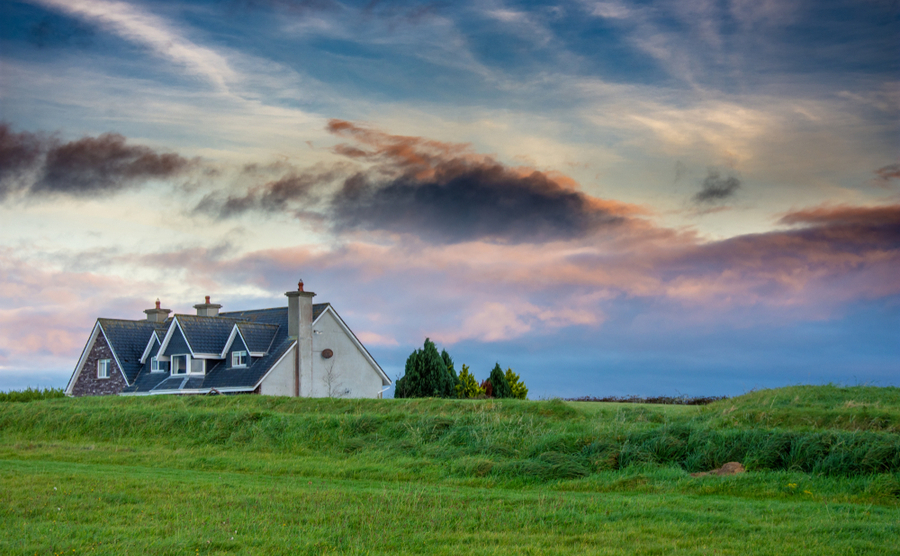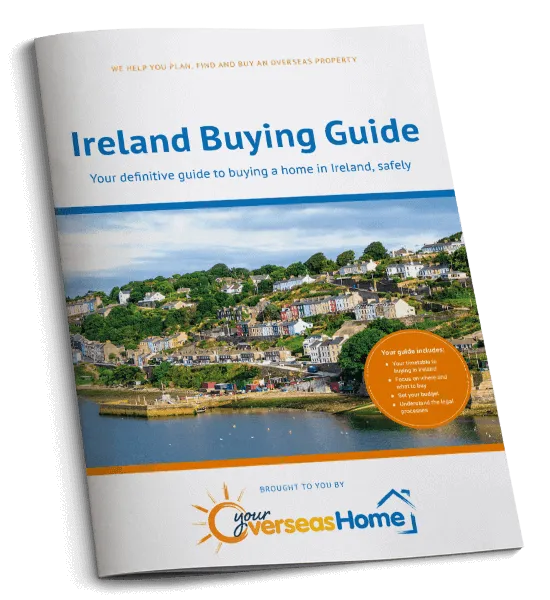Ireland’s approach to the pandemic has been quite different to the UK. With a phased reopening still underway, what impact has this had on the property market?
Get your free Buying Guide to find out everything you need to know about moving to Ireland.
How is Ireland dealing with COVID-19?
The Irish government has taken a cautious approach to reopening the economy this year. At the moment, Covid certificates are needed to access indoor hospitality venues, such as pubs and restaurants, and face masks are required for public transport and shops.
From Friday 22nd October, there will be no restrictions on the numbers attending weddings and funerals, sports venues will be allowed to operate at 100% capacity and nightclubs will reopen. However, to curb rising case numbers, Covid certificates will be needed for nightclubs. Lateral flow testing will also increase generally.
The country’s National Public Health Emergency Team (NPHET) recommended that Covid certificates, mask-wearing and social distancing should still be implemented where possible until February 2022.
Covid cases in Ireland are rising, although numbers are much lower than in the UK. 89% of those aged over 12 are vaccinated and boosters for those aged 60 and over have been approved for rollout.
How is Ireland’s property market faring?
Like in many other countries, property prices in Ireland have been rising in recent months.
This is the case in both the countryside and the city as the trend of workers moving to rural areas continues. In fact, reports suggest that house prices outside cities are growing twice as fast because of this. Commuter counties and towns have seen the biggest demand-driven price rises. According to the August 2021 Residential Property Price Index, the region outside of Dublin that saw the largest rise in house prices was the Border at 20.7%.
Off on a viewing trip? Your free Viewing Trip Guide covers everything you need to know and look out for.
Although prices are still increasing in Dublin, they are rising at a slower pace than the first two quarters of this year. The cost of buying a second-hand house in Dublin rose by 2.1% in the three months to September, with the average price in the capital now standing at €492,531.

The trend of workers moving to rural areas continues.
Despite this, Dublin certainly hasn’t lost its appeal. Dublin 8 was ranked the 15th coolest neighbourhood in the world by Time Out this year due to its green spaces, beautiful architecture and great places to shop, eat and drink.
On a national scale, residential property prices increased by 10.9% in the year to August. This compares to an increase of 8.5% in the year to July and a decrease of 0.9% in the twelve months to August 2020.
As well as young professionals looking to move to the countryside, there has also been a surge of expats looking to return home from abroad. It’s thought that the pandemic has prompted Irish expats to return home to be closer to loved ones, leading to sales of either permanent homes or ‘50/50’ homes in Ireland.
Despite this ongoing demand, Kate Everett-Allen, partner and head of international residential research at Knight Frank, expects that it will start to wane due to savings accrued during the pandemic diminishing and the tightening of monetary policy.







